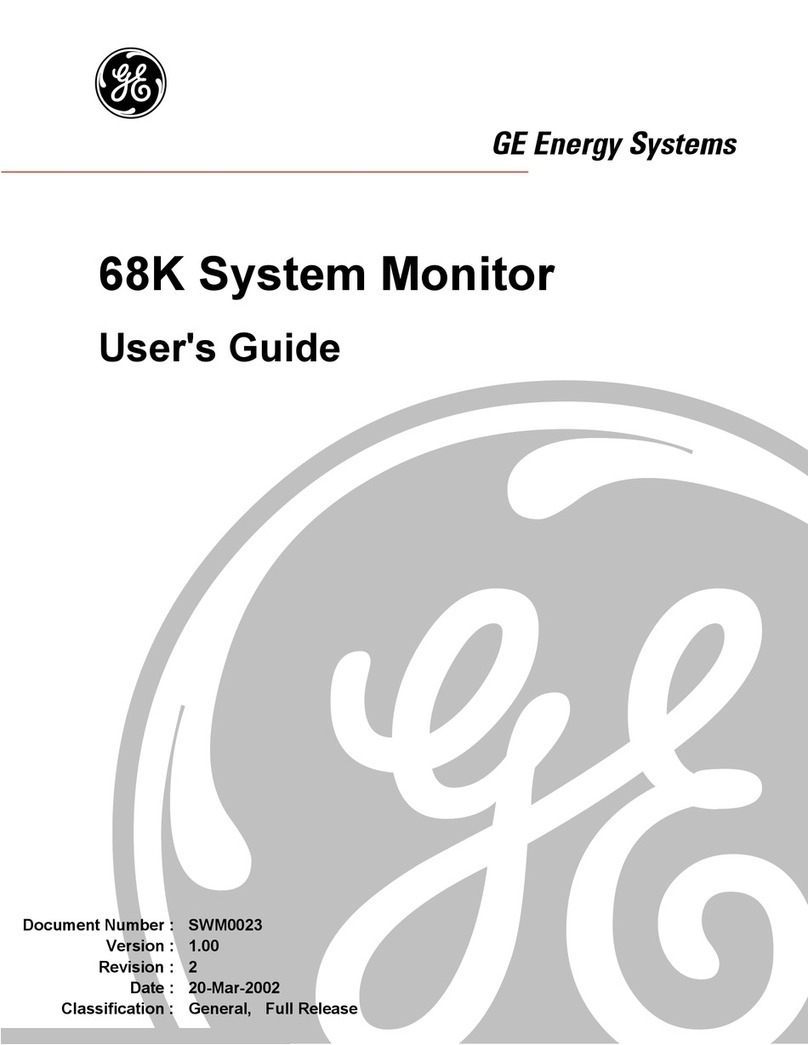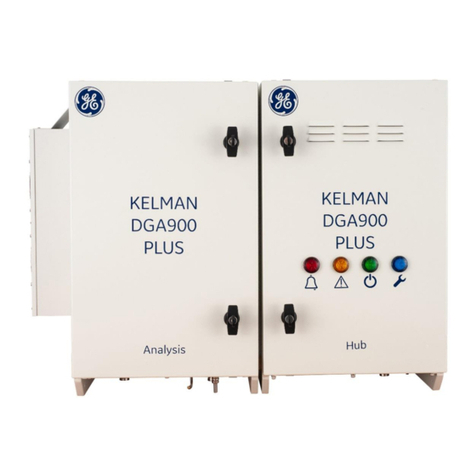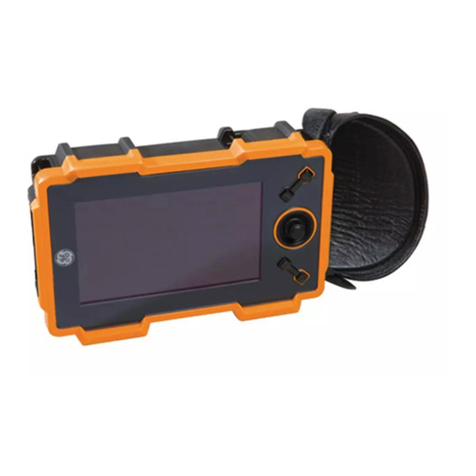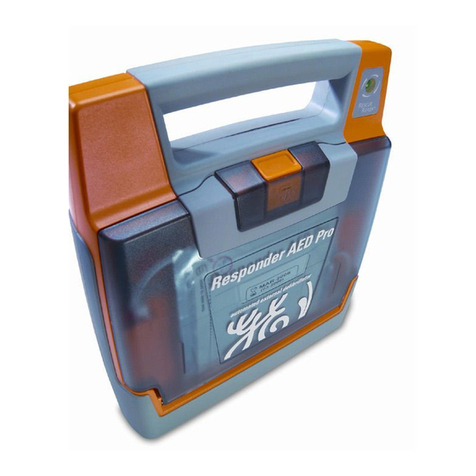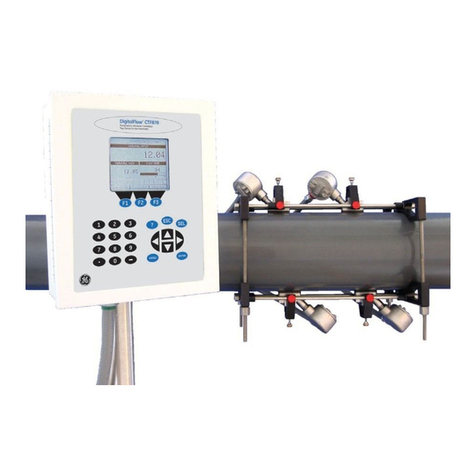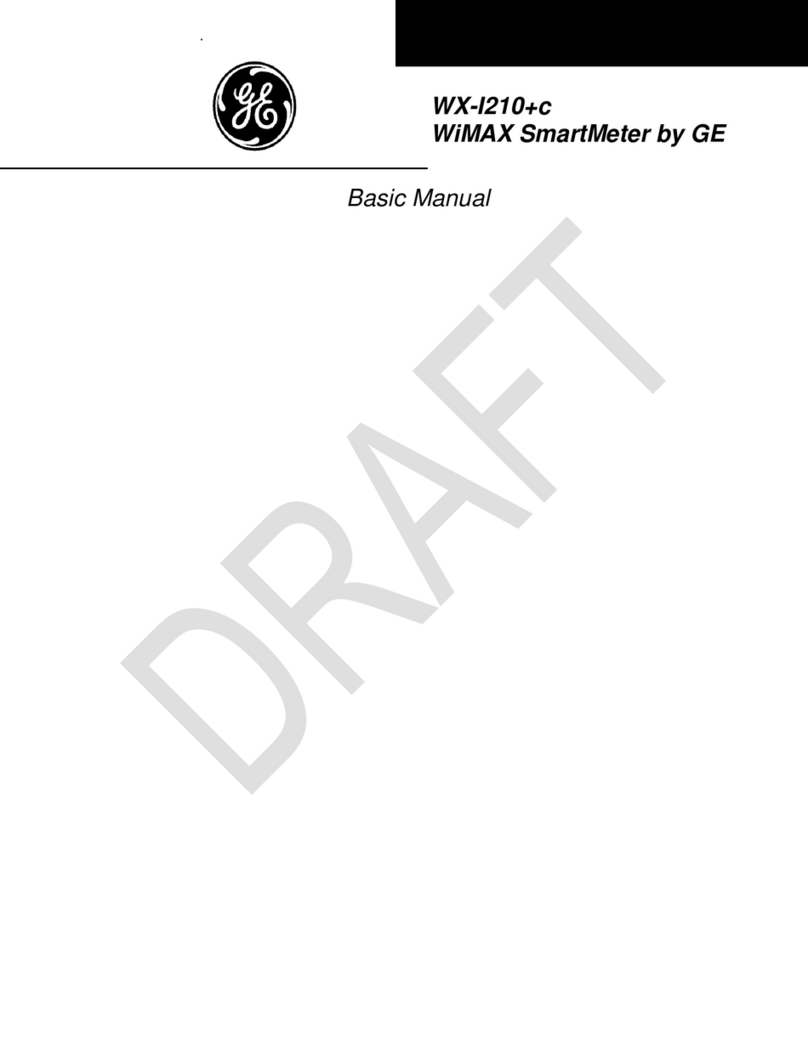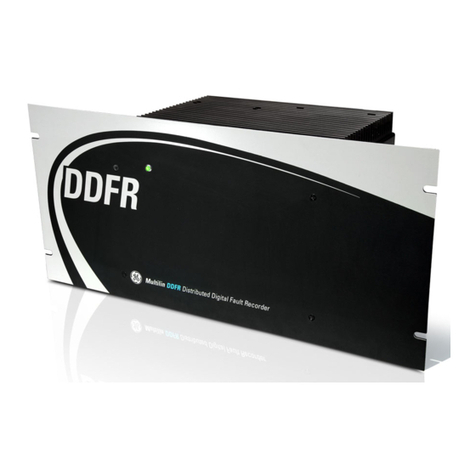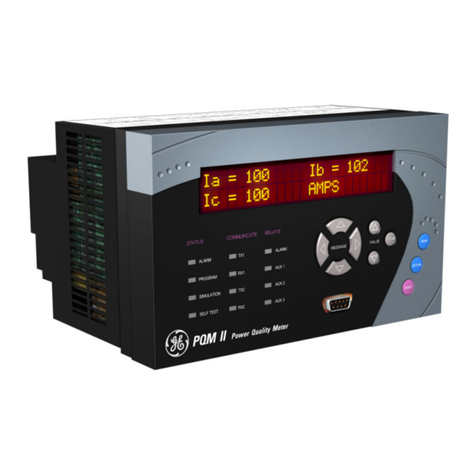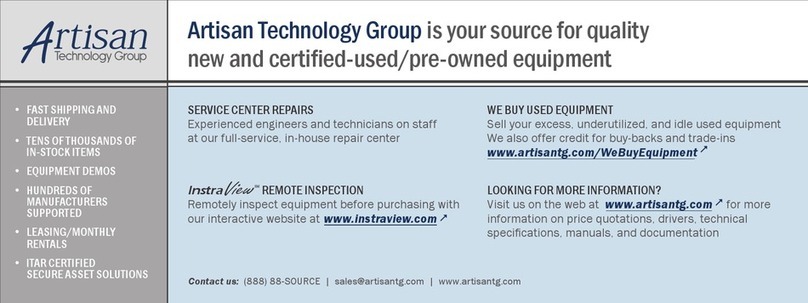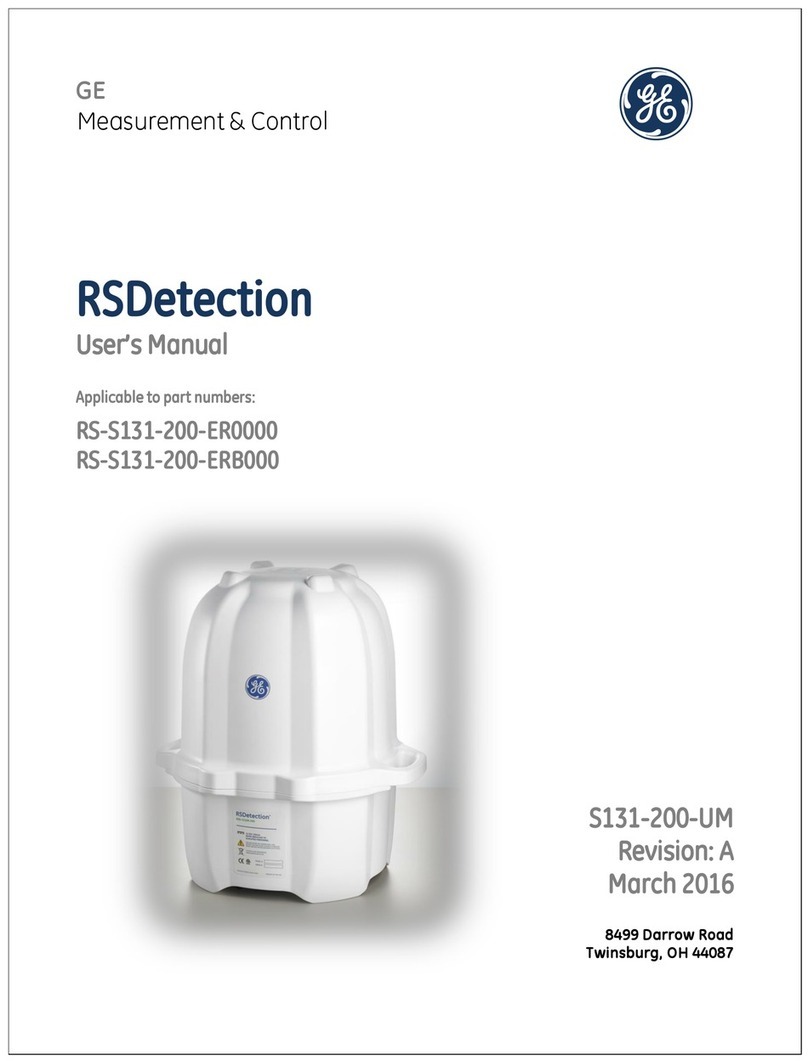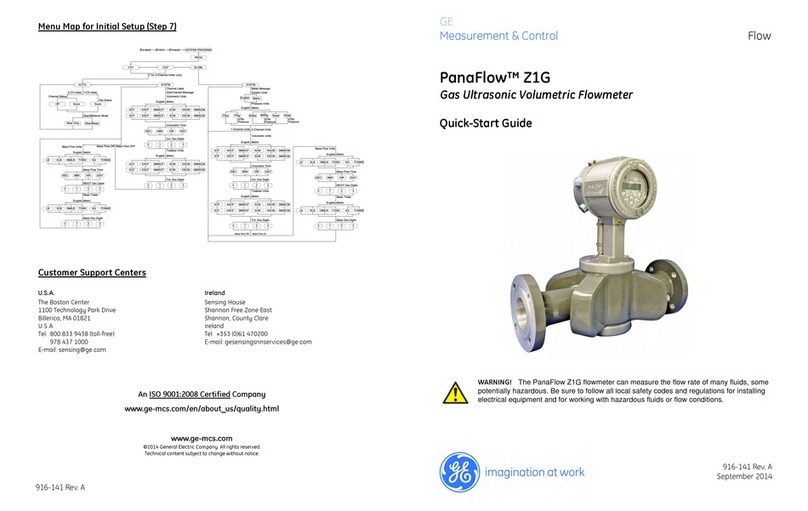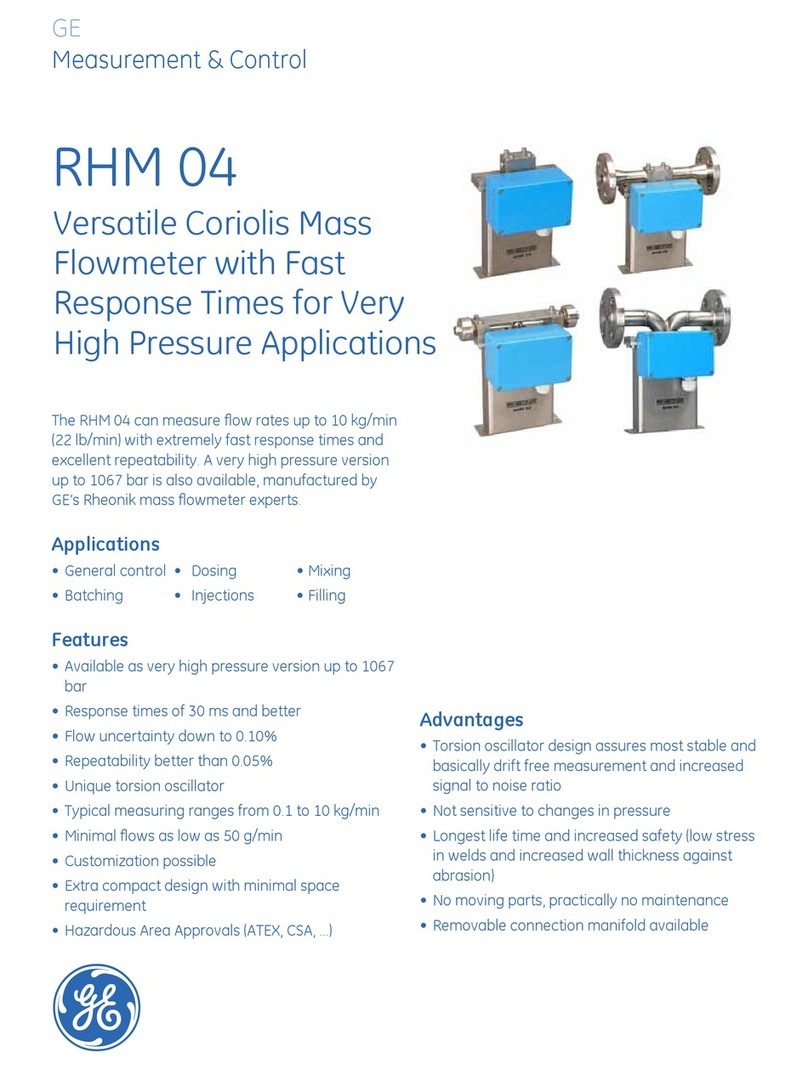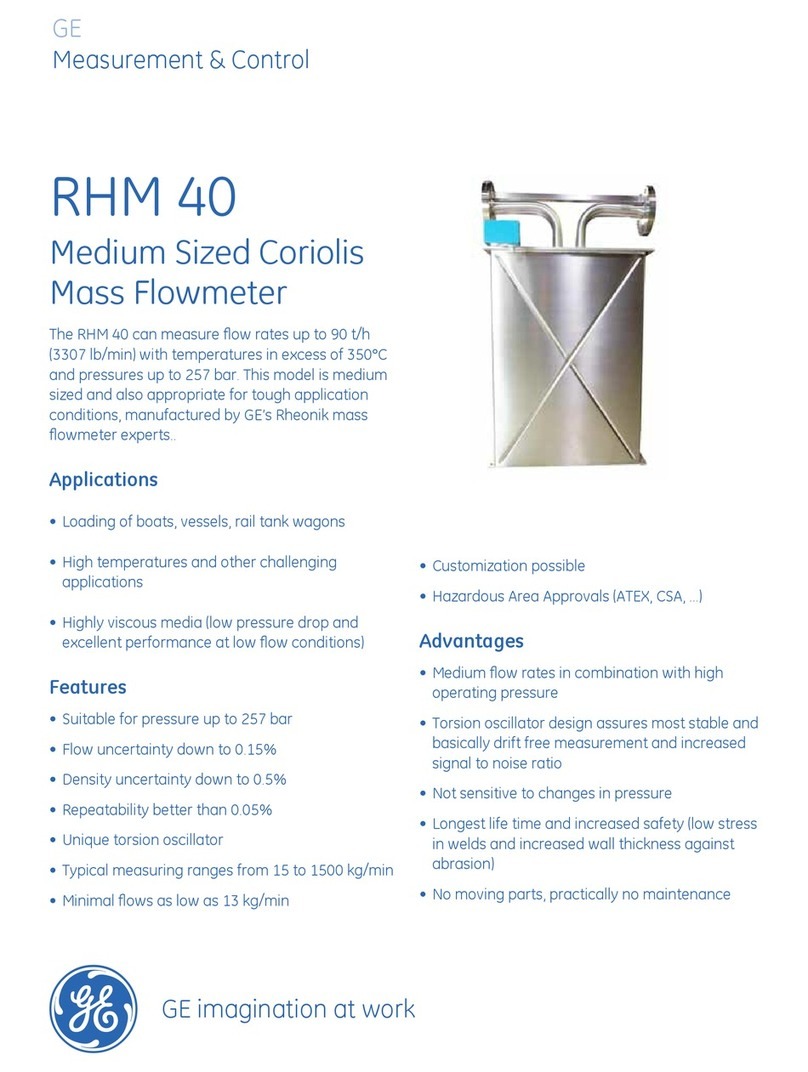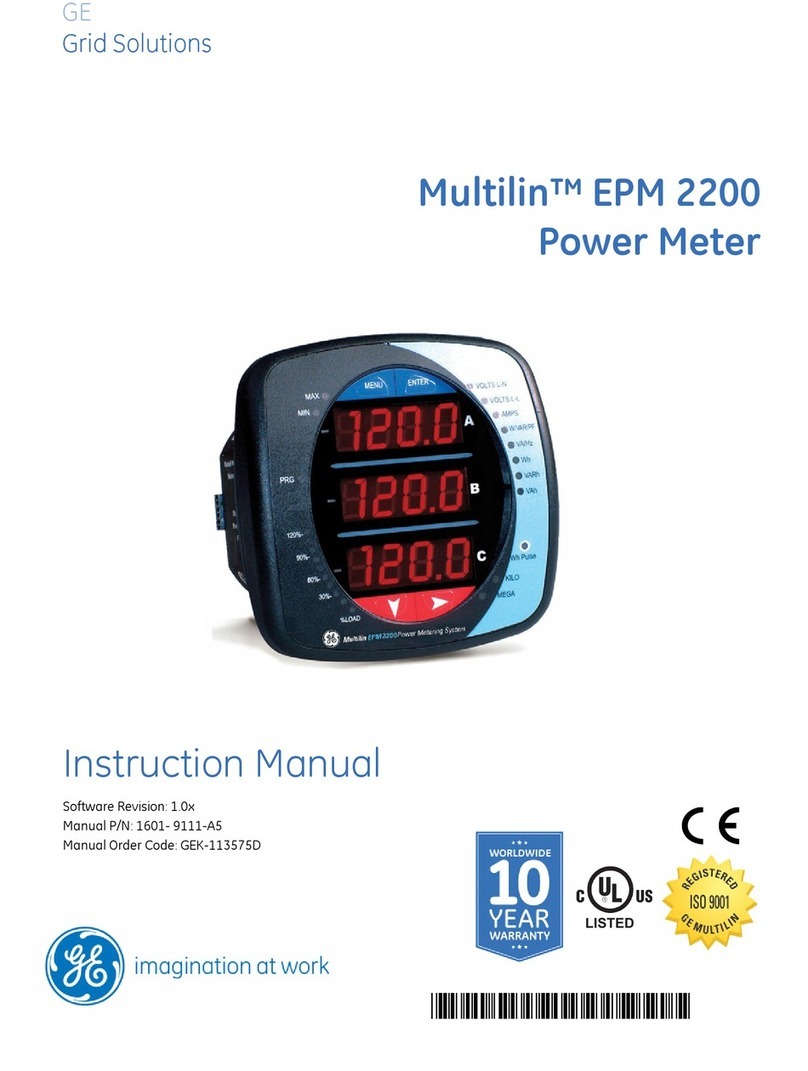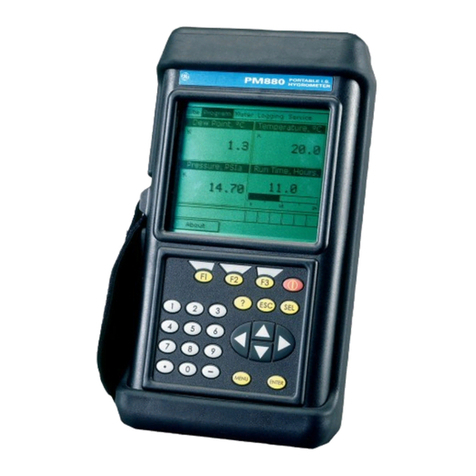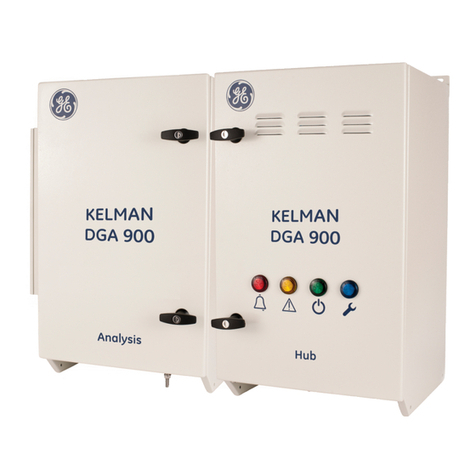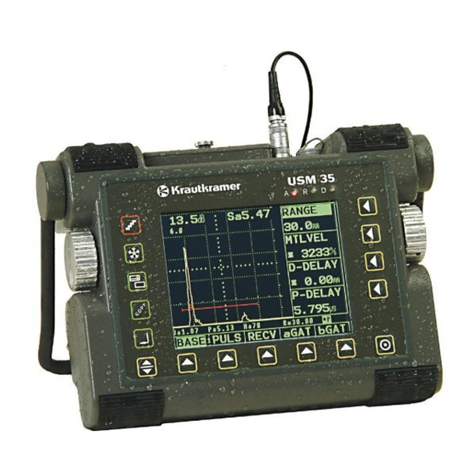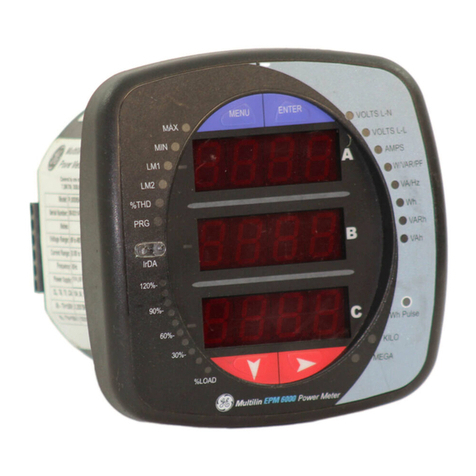
GE Analytical Instruments ©2006 DLM 14291 Rev. A
viii
Step 1 – Add Oil to the pump...............................................................................................................4-4
Step 2 - Install Pump Inlet Fitting ......................................................................................................4-4
Step 3- Install the Chemical Trap Mounting Bracket.......................................................................4-5
Step 4 - Install the Pump Outlet Fitting............................................................................................ 4-6
Step 5 - Install the Chemical Trap and Vacuum Hoses....................................................................4-6
Step 6 - Connect Power Cord to Vacuum Pump and Turn On Pump Power Switch ....................4-9
CONNECTIONS TO NOA.....................................................................................................................................4-9
Vacuum Pump Power Cord and Vacuum Hose................................................................................... 4-9
Vacuum Test............................................................................................................................................4-9
Gas for Ozone Generator....................................................................................................................4-11
Frit Restrictor....................................................................................................................................... 4-12
Computer, Printer and Analog Signal Connections........................................................................ 4-12
Setting the Clock..................................................................................................................................4-13
CONFIGURATION MENU OPTIONS......................................................................................................................4-14
Com Port................................................................................................................................................4-14
Pressure Units.......................................................................................................................................4-15
SETTING THE CONSUMABLES INSTALLATION DATA..............................................................................................4-16
START-UP.......................................................................................................................................................4-16
5. INSTALLATION AND SETUP: GAS-PHASE MEASUREMENTS............................................................5-1
INSTALLATION OF GAS SAMPLING PACKAGE.........................................................................................................5-1
INSTALLATION OF THERMAL MASS FLOWMETER....................................................................................................5-2
NOA SETUP FOR GAS-PHASE MEASUREMENTS..................................................................................................... 5-4
Exhalation Mode.....................................................................................................................................5-4
Nitric Oxide Mode..................................................................................................................................5-7
6. CALIBRATION..........................................................................................................................................6-1
ZERO GAS CALIBRATION ....................................................................................................................................6-1
Calibration with Zero Air Filter..........................................................................................................6-2
Calibrating with Zero Air Cylinder.....................................................................................................6-2
Zero Gas Calibration Warnings............................................................................................................ 6-4
NO CALIBRATION GAS.......................................................................................................................................6-4
Calibration Gas Warnings.....................................................................................................................6-6
Calculation of Gas Concentration.......................................................................................................6-8
INDEPENDENT CALIBRATION OF PPB AND PPM RANGES ..........................................................................................6-8
ACCURACY OF PPB LEVEL MEASUREMENTS USING PPM LEVEL CALIBRATION ............................................................. 6-9
FLOW/RESPONSE CHARACTERISTICS OF NOA 280I...........................................................................................6-10
CALIBRATION AT LOWER FLOW RATES ..............................................................................................................6-11
